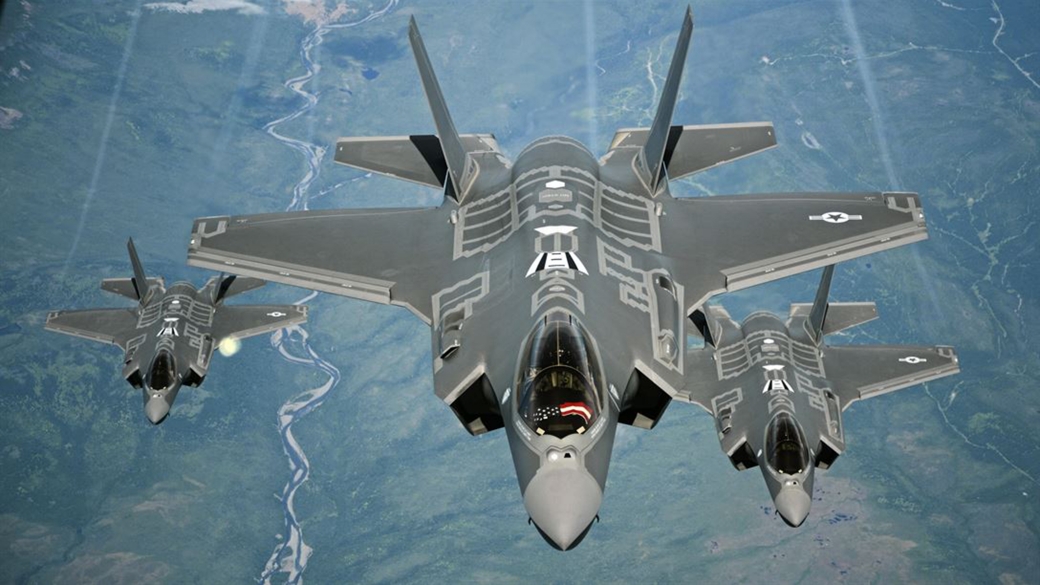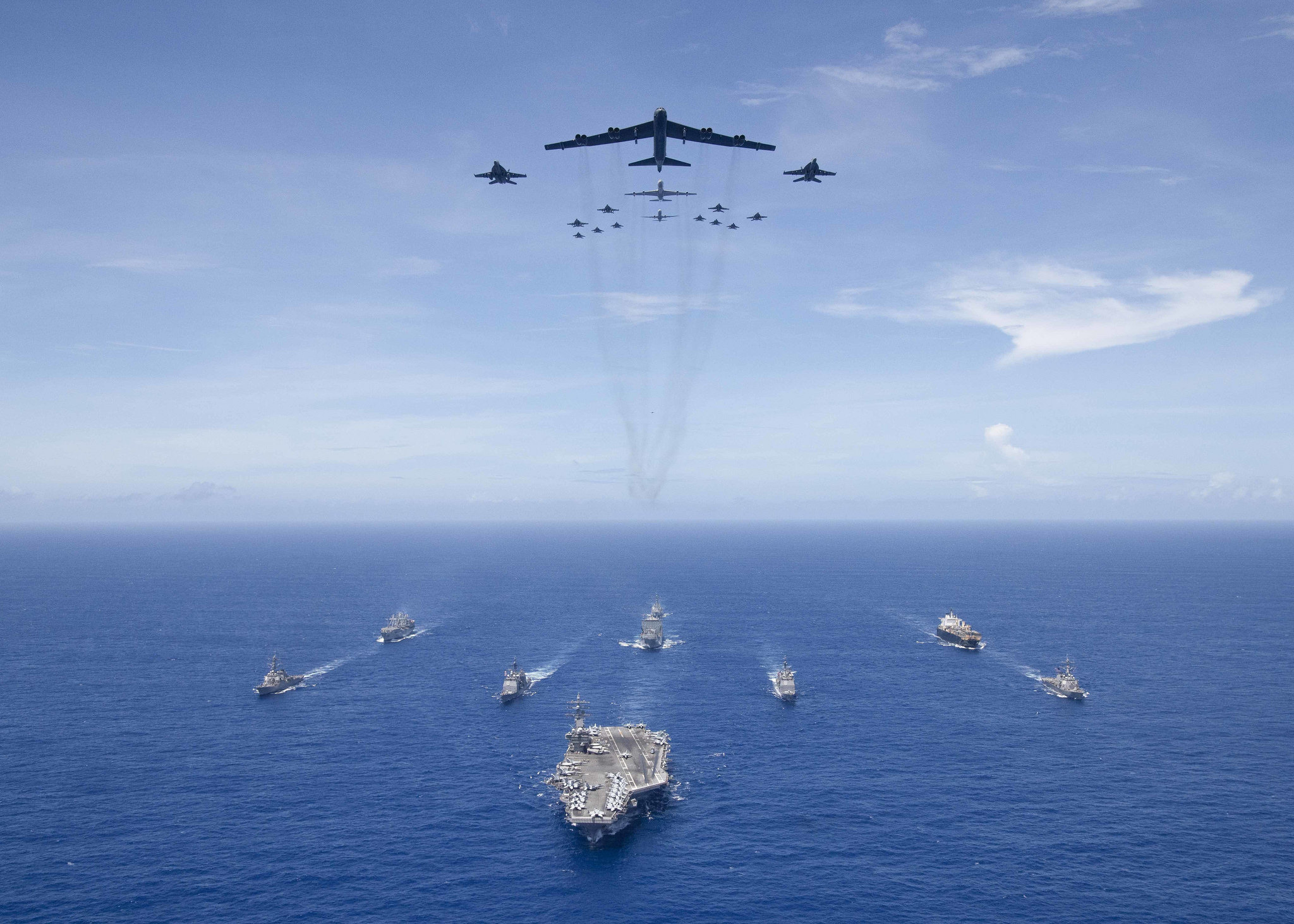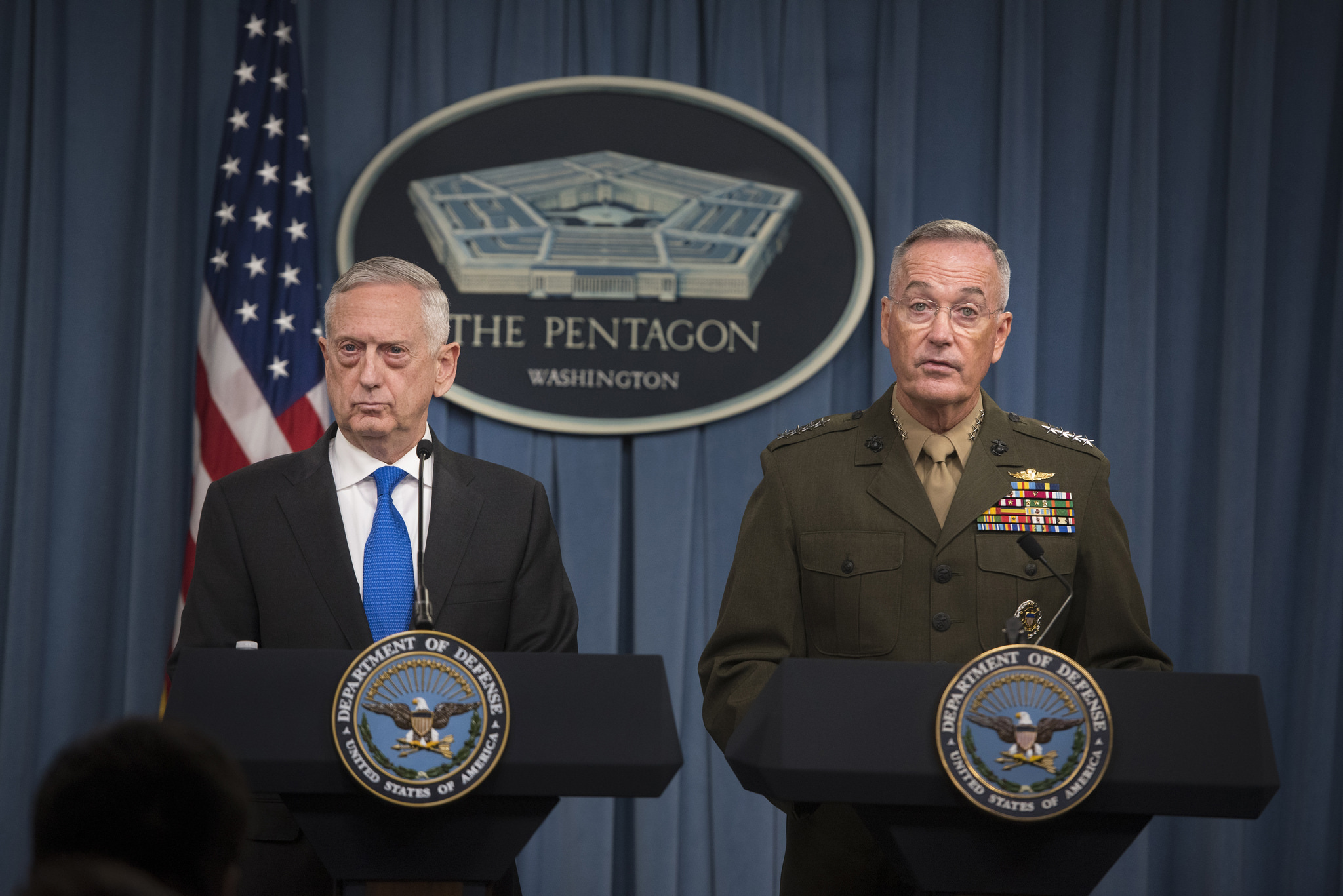Bad Idea: Sectored Air and Missile Defense Radars
In a world where unmanned aerial vehicles are plentiful, cruise missiles are becoming more abundant, and hypersonic boost glide vehicles are just over the horizon, air and missile threats are coming from all directions. To address the realities of this environment, effective defenses require an air and missile defense sensor architecture that looks in all directions as well.










